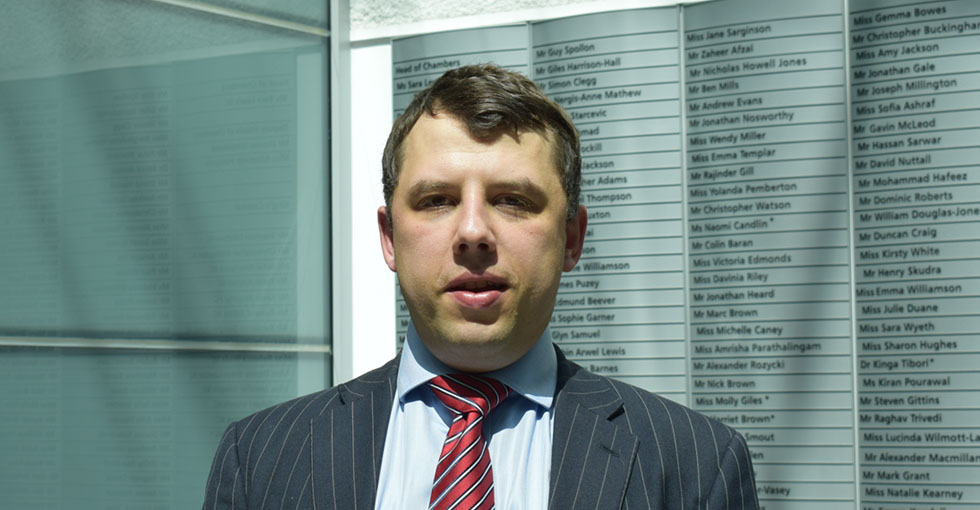An article written by Kevin Hegarty KC.
The unhappy scenes presented to paramedics when attending an address following an emergency call include finding a baby undergoing CPR from a parent or carer. The paramedics take over and the baby is taken to hospital. Whether in life or after death a CT scan can reveal rib fractures. Earlier literature did not recognise the risk of causing rib fractures by CPR and the discovery of them would raise suspicion that the fractures were non-accidental injuries. This suspicion was heightened where posterior rib fractures were found.
A recent study Cardiopulmonary Resuscitation Induced Posterior Rib Fractures in Nontraumatic Paediatric Deaths, American Journal of Forensic Medicine and Pathology Vol 43, Number 1, March 2022 by Love et al, has highlighted the risks to infants from CPR and how rib fractures can be caused as a result.
There are different techniques in CPR for babies. Repeated pressing with two fingers on the chest and releasing at a rapid rate with the patient lying flat on a firm surface is perhaps the most well-known technique. There is another method which is not so well known and is the “two thumbs” method. The baby is held in two hands with two thumbs touching at the sternum with the fingers reaching around the back supporting the posterior ribs. The baby is then pressed from the front to the back.
Love et al, found four cases of otherwise healthy babies with no other signs of trauma with posterior rib fractures following the two-thumb technique. This work builds on an earlier study Reyes JA, Somers GR, Taylor GP, et al. Increased incidence of CPR-related rib fractures in infants. Is it related to changes in CPR technique? Resuscitation. 2011;82:545–548. The authors explored whether there was a correlation between an increase in anterior rib fractures following the adoption of the two-thumb technique in Toronto. The Reyes study while it found an increased number of anterior rib fractures compared with the data from before the adoption of the two-thumb technique it did not detect posterior fractures.
Comment
In terms of the gathering of evidence as to which techniques were used it is not always noted by the paramedics. This can lead to difficulty for expert witnesses who are giving an opinion as to causation without knowing which method was used and sometimes have not even taken into account that there are different methods and the risks that flow to an infant which in turn can cast suspicion on others.
Love et al also highlight that the way an infant is held in the two-thumb method is close to the way that an abuser may be holding and squeezing the infant when inflicting injury including posterior rib fractures.
These are points that need to be considered in the preparation of the prosecution and the defence where allegations of non-accidental trauma are made resulting in rib fractures in babies.










